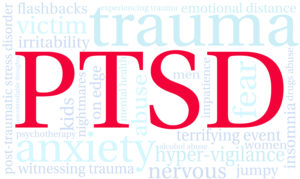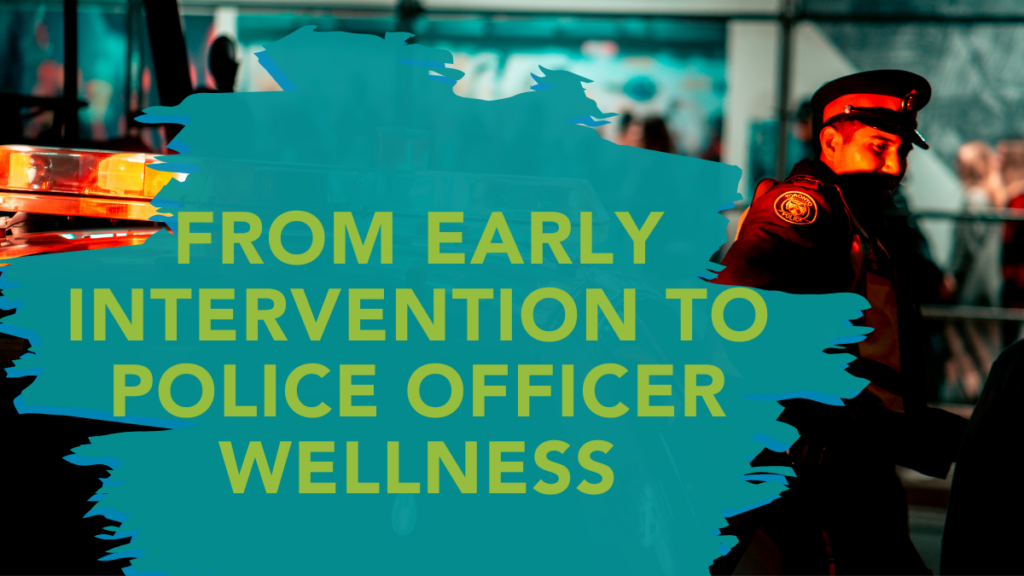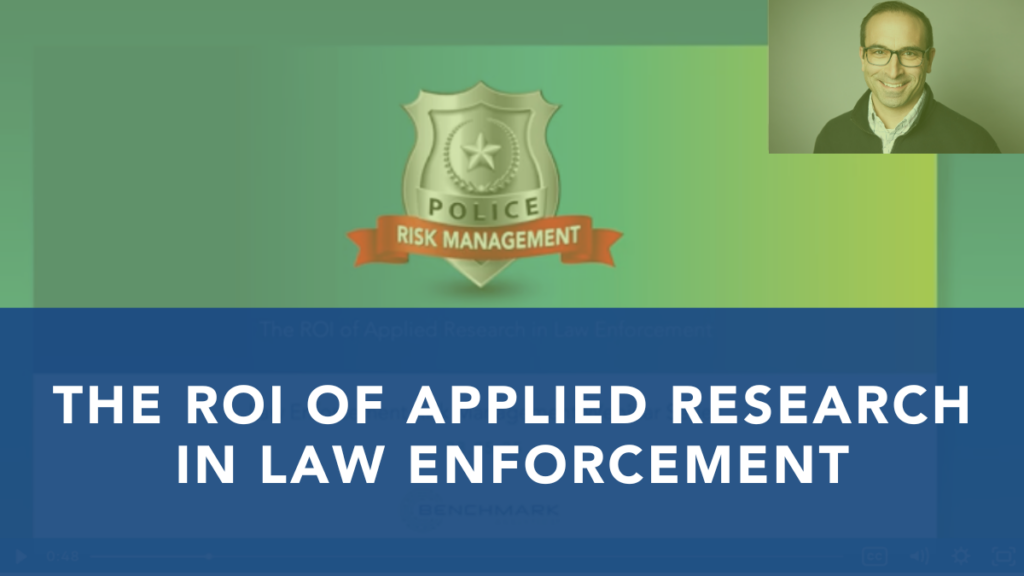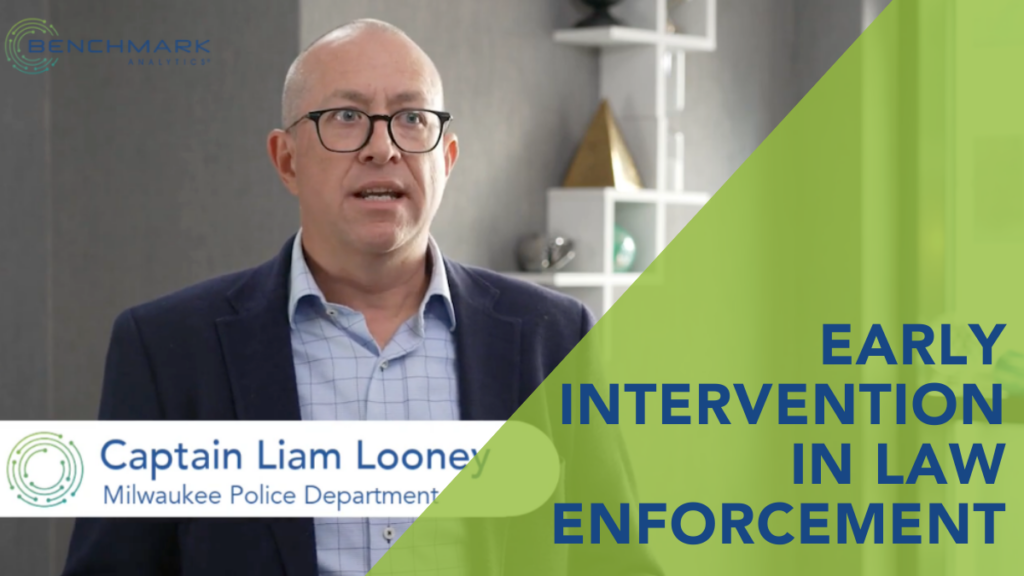PTSD and Police
Posted
November 15, 2021
Share:
The public debate around policing has only increased in volume in recent years, with opposing sides struggling to see eye to eye on many of these issues. Funding, mission, purpose, and other concerns, both practical and ethical, are in play. One distinct point of agreement between opposing sides is that the profession involves inherent dangers not seen in most other job categories. These dangers are often traumatic and, by definition, put police officers at a higher risk for developing Post Traumatic Stress Disorder (PTSD).
 The understanding of PTSD has advanced rapidly in the last 100 years, primarily through the study of law enforcement officers, first responders, and military personnel. What once was thought of as a character deficiency is now understood as a complex set of intersecting psychological conditions brought on by abrupt or repeated exposure to trauma. As a part of a series on this blog, this post looks at how this understanding has evolved and how PTSD specifically affects police officers.
The understanding of PTSD has advanced rapidly in the last 100 years, primarily through the study of law enforcement officers, first responders, and military personnel. What once was thought of as a character deficiency is now understood as a complex set of intersecting psychological conditions brought on by abrupt or repeated exposure to trauma. As a part of a series on this blog, this post looks at how this understanding has evolved and how PTSD specifically affects police officers.
Historical Perspective
Though PTSD can result from any sort of traumatic event, understanding it as a psychological condition is historically associated with war. From biblical references to mentions by Shakespeare, the potentially debilitating trauma has long been well known if not always well-understood. Though there was discussion of “combat hysteria” or “battle hypnosis” in medical texts beginning in the 19th century, it was the first World War that led to the first recognition of what we now know as PTSD symptoms. Shell shock was a term used to describe a debilitating condition distinct from combat fright or “malingering”.
As the 20th century moved forward, there was progress in understanding the effects of acute or traumatic stress related to military or combat experience. However, they were often framed as moral or psychological failings when discussed outside of clinical settings, suggesting a fundamental weakness in those experiencing such symptoms. These notions contributed to the stigma of seeking help for PTSD that persists.
The United States’ involvement in the Vietnam War led to significant advancements in understanding trauma stress. As many as 700,000 returning war-zone veterans, nearly 25% of all who served, required some kind of psychological help after their service. With such a large population to work with and study, the understanding of PTSD broadened considerably during this period. In 1980, the condition was formally termed Post Traumatic Stress Disorder and added to the Diagnostic and Statistical Manual of Mental Disorders (DSM), a publication of the American Psychiatric Association considered to be the benchmark in classifying mental health disorders.
A Formalized Definition
PTSD was added as a diagnostic category with the publication of DSM-III and has remained a part of the guide through the fifth and most current edition. It was included in this edition as part of a new category of “trauma and stressor-related disorders.” To be diagnosed with PTSD, doctors follow a set of guidelines to rule out other psychological conditions. To be diagnosed with PTSD, a person must meet the following criteria:
- Exposure to trauma, whether direct or indirect.
- Intrusion symptoms in which the traumatic event is persistently re-experienced. Flashbacks and nightmares are examples.
- A pattern of avoidance related to external reminders or thoughts and feelings.
- Negative alterations of cognition and mood such as being unable to recall details of the trauma, feelings of isolation, and decreased interest in once enjoyable activities.
- Alterations in arousal or activity. These include nut are not limited to a heightened startle reaction, aggression, hypervigilance, and difficulty concentrating or sleeping.
These symptoms must last more than one month, create distress or functional impairment, and are not caused by medication, substance abuse, or another illness.
How PTSD Effects Police
Police work can be an intense profession with officers called to respond to situations potentially involving violence, abuse of children, and other traumatic occurrences. Additionally, however remote, there is always a chance that an officer will be required to use less or less-than-lethal force on a call. Research suggests that police officers can experience as many as three traumatic events every six months, compared to the broader population in which someone may experience only a few of these events over an entire lifetime.
This exposure to trauma predictably leads to higher instances of PTSD among law enforcement officers. Mental health professionals estimate that as many as 15% of police officers experience PTSD symptoms. This is more than double the rate at which the general population experiences them. In large part, due to stigma and negative stereotypes associated with the condition, it may be impossible to determine the actual population size of officers living with PTSD.
The long-term effects of untreated PTSD are not fundamentally different in police officers compared to that of the general public. Sleep quality is often affected, conditions related to anxiety and depression occur at a higher frequency, and there is generally a higher rate of drug and alcohol abuse among those experiencing the disorder. In some instances, there can also be effects on decision-making ability, especially under stressful circumstances.
There is research suggesting that PTSD affects the ability of police officers and other first responders to assess risk in stressful situations. This is especially critical in calls potentially involving the use of deadly force, in which officers must make split-second decisions informed by the perception of risk. A new study incorporates sophisticated EEG sensors to measure brain activity in officers during simulated police work. While the results are preliminary, they show “disruptions in rapid decision making by an officer who has PTSD may affect brain systems due to heightened arousal to threats, inability to screen out interfering information, or the inability to keep attention.” In potentially life-or-death situations, the implications of these impacts are evident.
Looking Forward
While the scientific understanding of PTSD has expanded rapidly over the past half-century, there is still much to learn. Reluctance amongst law enforcement officers to discuss mental health and seek treatment when necessary make PTSD a persistent challenge to readiness and overall health in the profession. As new therapies and treatment strategies are devised and tested, researchers continue to inform their work with the experiences of those at greater risk of experiencing trauma.
In our next post, we’ll be examining strategies law enforcement agencies and leaders are using to address PTSD among their officers.
Related Posts
Ready to Experience the Benchmark Difference?
Benchmark Analytics and its powerful suite of solutions can help you turn your agency’s challenges into opportunities. Get in touch with our expert team today.



